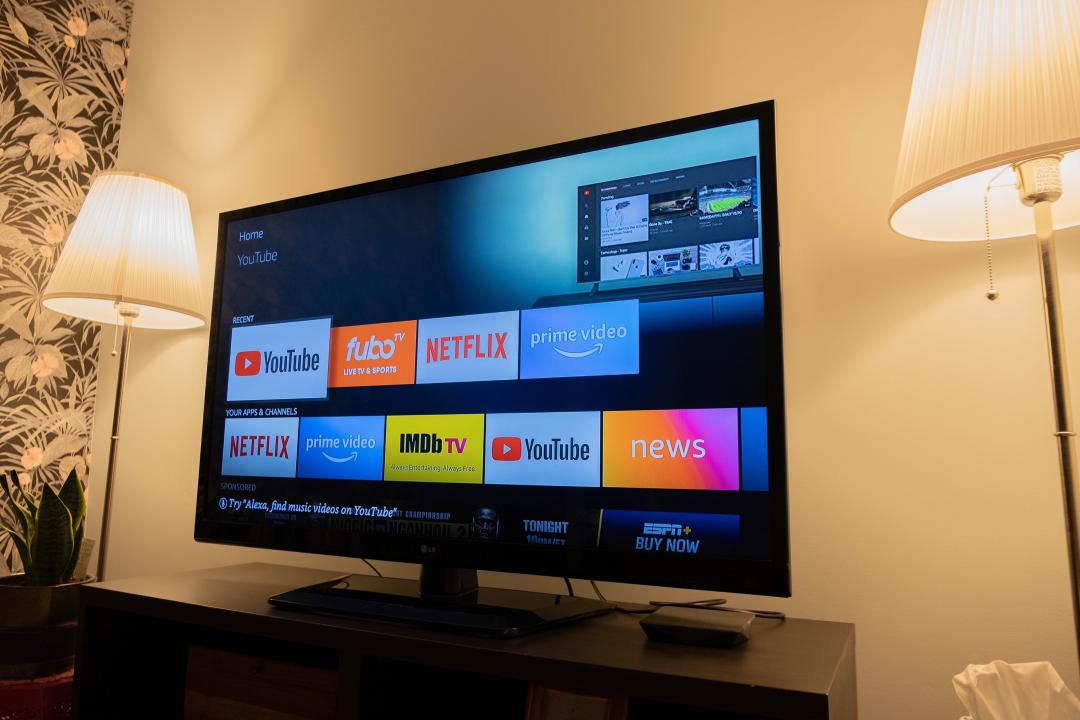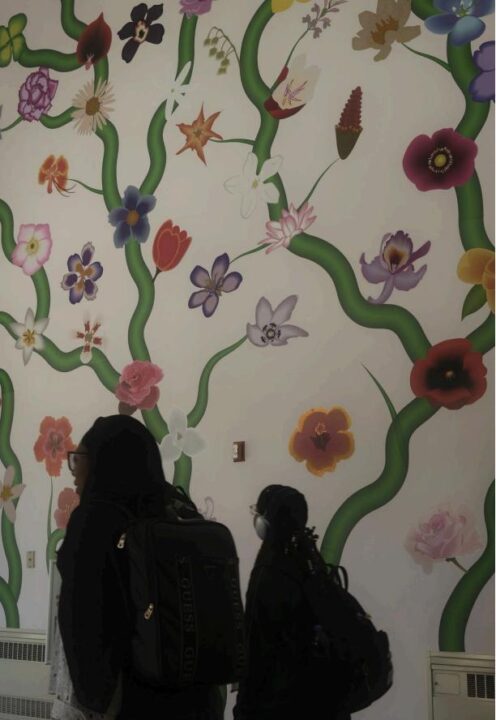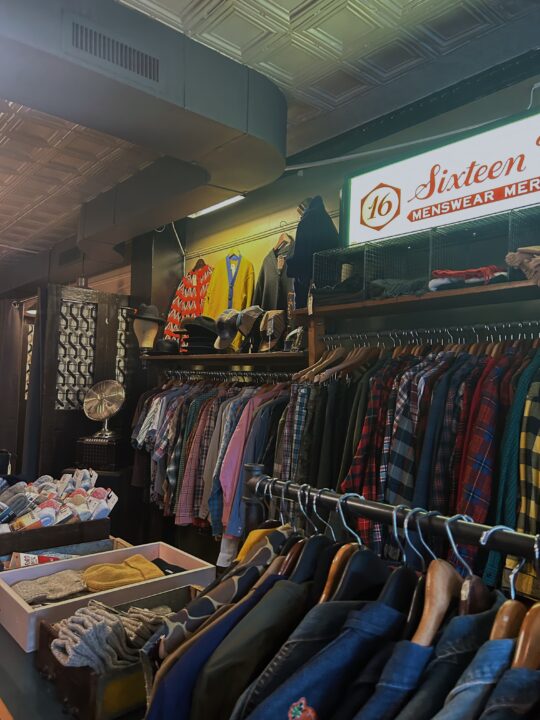A little over a year ago, I penned an article dubbed “Entertainment in the streaming age.” Though it started out as a decent fluff piece and not much else, time turned it oddly prescient; the article came out on Mar. 11, mere days before the University of Maryland, Baltimore County would shut down for the rest of 2020, and the exact same day that “The Baltimore Sun” was reporting on state-wide university closures.
The article itself was mostly a think piece, speculating what the rise of “up-and-coming” streaming services like HBO Max, Disney Plus and the inescapable Netflix/Hulu debate meant for the future of televised entertainment, both in theaters and at home.
There is a special kind of irony in calling Disney Plus and HBO Max “up-and-coming,” as they both now completely dominate the entertainment industry. Before quarantine, it might have been difficult to imagine something as high profile as the Zack Snyder “Justice League” Cut or the MCU “Black Widow” movie coming to streaming services the same day as theaters, but this is now simply the reality of modern entertainment. Hulu, Disney Plus, HBO Max, Netflix — they are here to stay.
COVID almost certainly had something to do with the current domination of streaming services, yet the writing was on the wall long before. December 2017 saw Disney forcing theaters to give an extra 10% of their ticket revenue directly to the company for “Star Wars: The Last Jedi” screenings, and people were reporting on the tension between studio-released VOD and theaters as early as March of that same year.
Apart from upping their ticket revenue, Disney was also demanding that theaters reserve their largest screens exclusively for their blockbuster releases, such as “Star Wars” movies. In the words of Redlettermedia’s Mike Stoklasa, such business practices can only be harmful to the theater industry: “it’s fine if you have a huge multiplex with thirty eight screens — ‘Star Wars’ is probably gonna last four or five weeks — but if you have a little tiny theater with two screens, it’s gonna hurt ya.”
All of these things may have been damaging enough on their own, but with the swift surge of same-day releases and the ease of access that streaming provides, suddenly the appeal of VOD content and streaming services becomes apparent. At this point, the only obvious advantages that movie theaters have over streaming services are their superior quality of presentation and, more importantly, their price points.
To stream any newly released film on Disney Plus, the consumer has to shell out $29.99 for “premier access,” on top of a $6.99 subscription fee. This, compared to an average $13 matinee ticket, might seem paltry, but such things add up.
Say, for instance, a viewer would like to watch “Mulan,” “Raya and the Last Dragon,” and “Black Widow,” all within a few days of one another. The theater-going experience (assuming one skimps on concessions like popcorn and soda) would set the viewer back about $39.00-$45.00. Compared to the $95.97 expense of Disney Plus, the theater-goer would save anywhere between $50.97 to $56.97 just by hiking to their local Regal.
This is, perhaps, a simplification of the issue — it ignores gas, concession costs, and at least presently, contamination fears — but for film buffs, the theater is certainly the cheaper of the two experiences.
The economic benefit of theater experiences is equal parts unexpected and welcomed, but the real question is whether or not theaters can outlast the dual impact of streaming services and COVID. Cineworld, owner of Regal, recently reported a $3 billion loss at the end of 2020, a far cry from their 2019 $212 million profit.
With vaccine rollouts underway, it is entirely possible that theaters will make a huge comeback, but as streaming services and same-day premiers go from experiments to installations, the future is far more uncertain than it was a year ago.


